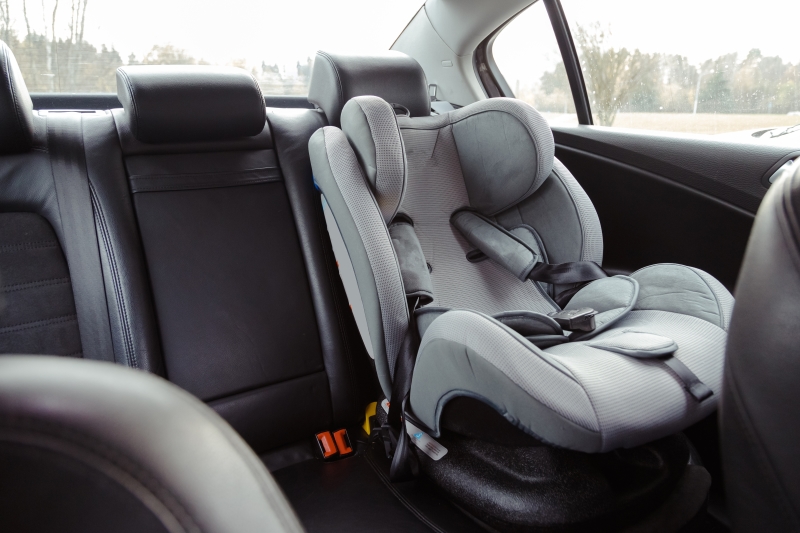For many years, back seats were the safest seats in vehicles, but a recent study revealed that this may no longer be the case. However, the reason for this shift may not be what you initially expect.
Backseats have not become less safe over the years. Instead, those who design new vehicles have made many safety improvements to the front seats while the safety of back seats has lagged behind.
How do safety features differ in the front and the back?
Airbags are one feature used to make the front seat safer. Federal law requires frontal airbags to protect the occupants of the front seat. Many manufacturers have added additional airbags in the front of vehicles to help improve safety during side-impact collisions and rollovers. Without the same protection from airbags, passengers in the backseat may receive serious or even fatal head injuries in a collision.
Other key safety features that do not often make it to the back seat involve seat belt improvements. Specifically, pre-tensioners and force limiters. Pre-tensioners automatically tighten at the beginning of a crash to reduce the occupant’s momentum, and force limiters allow the seat belt to stretch slightly to reduce chest loads. Seat belts in the back seat can actually cause injuries when they do not include these features.
Should I allow my child to sit in the front seat?
Although manufacturers have some updates to make to the back seats of their vehicles, the back seat is still the safest place for most children to sit. Children should sit in a properly sized car seat or booster seat in the back of the vehicle until they are around 12 years old. The airbags in front seats could be risky for children under this age.
Car crashes are unpredictable by nature. Making sure each passenger is seated as safely as possible can help reduce the injuries that may occur if you are involved in an unexpected collision.

